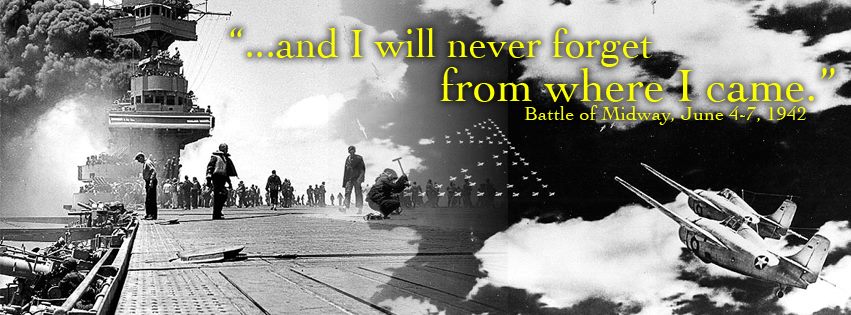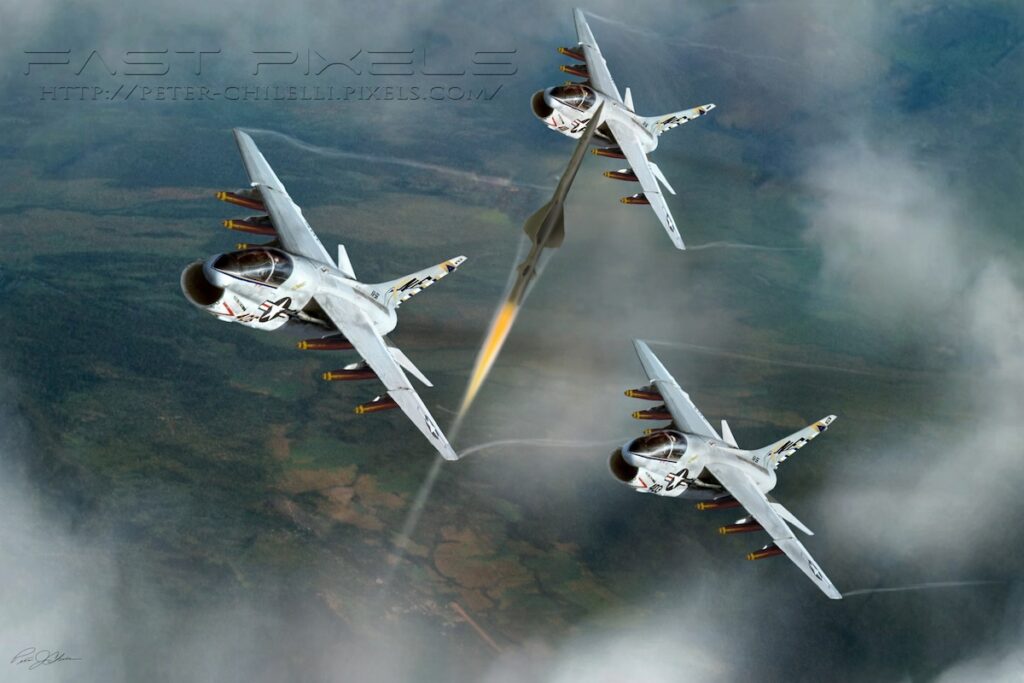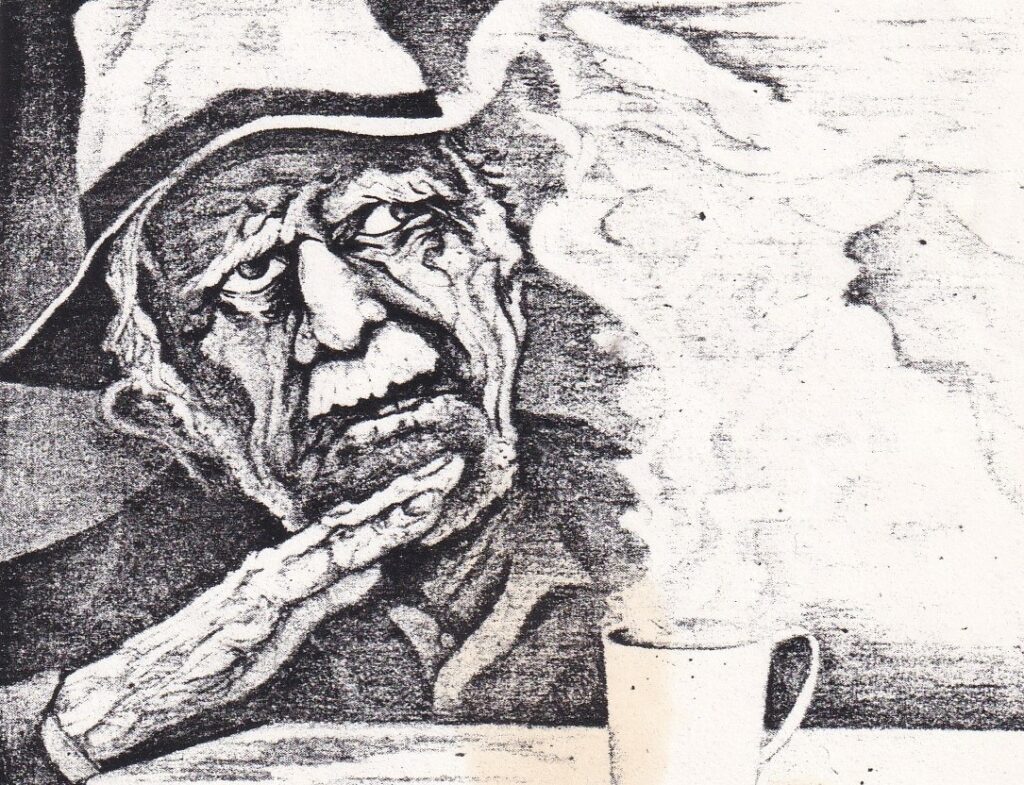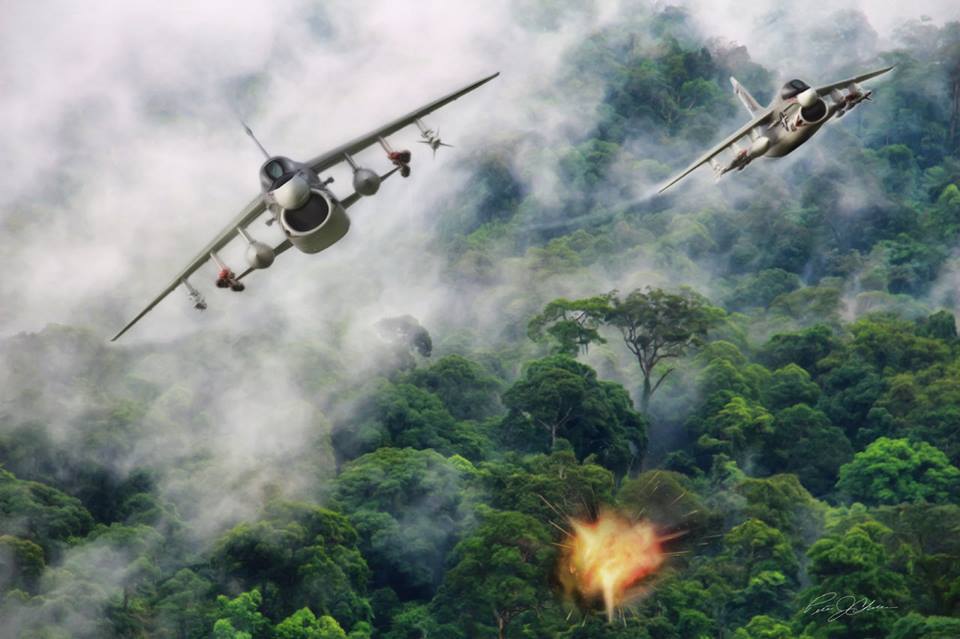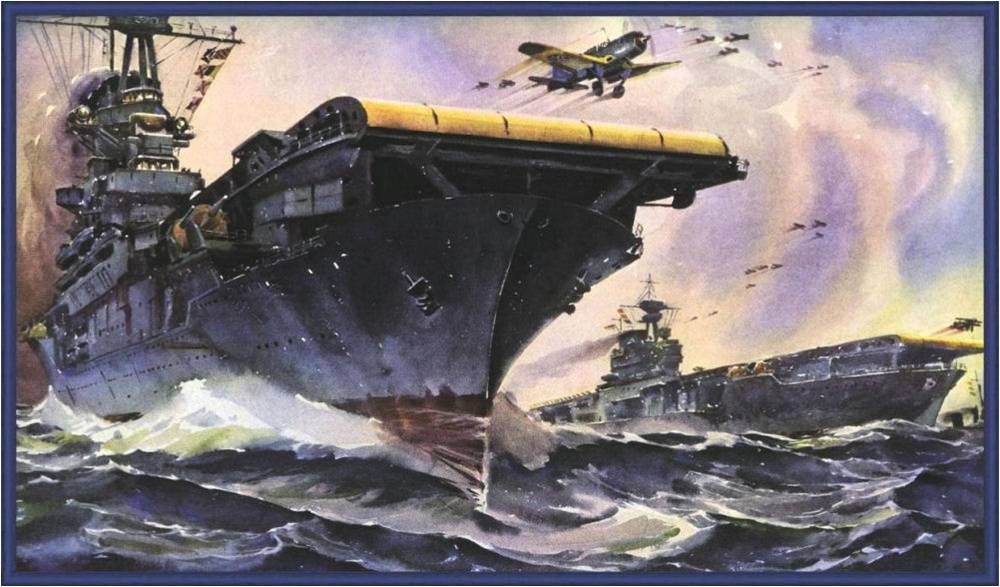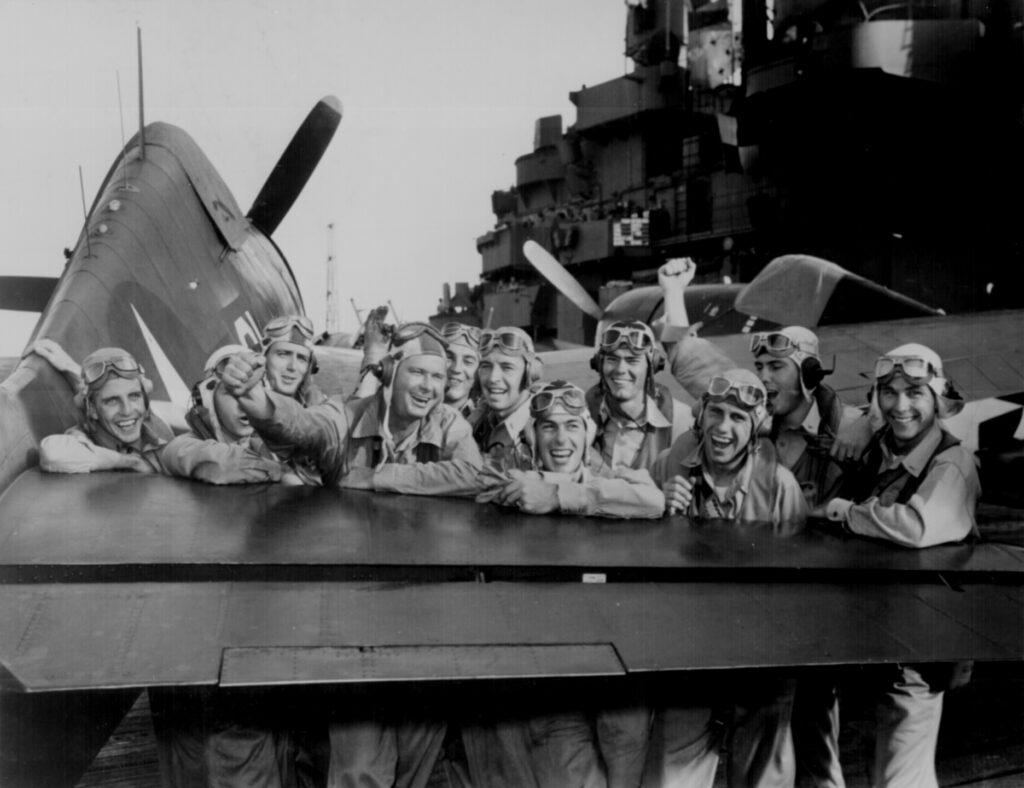THE LATEST POSTS
-
Midway – 4 June 1942 – “Remembered Sky Day” Reflections

1942 – The Year of the Aircraft Carrier Please note the six new options on the Home page to allow quick access to the major subject matter threads for RememberedSky As a wingman on an “Alpha strike” to targets in … Continue reading →
-
Fight’s ON: Aerial Attack in California

Testimony of Pilot #38 Vegetation fires, or wildland fires, are the closest thing to military aerial combat a civilian pilot will ever get. Thanks to Ray “Drifty,” DiLorenzo, a former California fire pilot now living in Montana. And to Skip … Continue reading →
-
December 7, 1941 – a day for remembrance and teaching

Good Saturday morning December 7, 2024. . . Over the last 32 years I have asked my students of all ages what happened on this day in History and I have found that as the years went by fewer and … Continue reading →
-
Fight’s On: The Aviator Cancer Examination Study (ACES) Act – H.R 4886 > H.R.530

Testimony of Pilot #37 On October 15, 2021 Commander Thomas ‘Boot’ Hill, Navy F-4 and F-14 fighter pilot, passed away from esophageal cancer. A-6 pilot Capt. Dave ‘Snako’ Kelly died from melanoma of the brain on 16 March 2014. Randy … Continue reading →
-
Battle of Midway – The Legacy

… a fundamental transformation in naval power had just taken place. Carriers usurped the prime strategic role of battleships in that their principal opponents were their enemy counterparts, and they should only to be committed to battle in the proper … Continue reading →
-
Last of the Few

Group Captain John Hemingway, now 104, was a fighter pilot in the Battle of Britain. He is the last known surviving member of the group Sir Winston Churchill famously described as “the few”. Continue reading →
-
Hymn to a Humble Hero

Testimony of Pilot # 35
-
National Vietnam Veterans Memorial Day -Reflections

Testimony of Pilot #34 War and remembrance No matter the old, “smart” decision makers No matter the politics Or “statecraft” of the DC pundits It was our war We fought it Some lost years Some lost lives Some lost family … Continue reading →
-
INNOVATION IN ATTACK AVIATION: The A-7 Avionics Case

Blown Slick Series #16 The A-7A/B should be recognized as the end of the line for pure, iron bomb dive bombers including most famously the Dauntless and the A-1 Skyraider, and the A-7D/E as the beginning of a new era of … Continue reading →
-
Book Review: US Attack Aviation: Air Force and Navy Light Attack 1916 to the Present

Blown Slick Series #15 The “attack” mission combines the capabilities and objectives of air interdiction, close air support, strike, and what has come to be known as strategic attack. “This is a story about flying. It is told … Continue reading →

